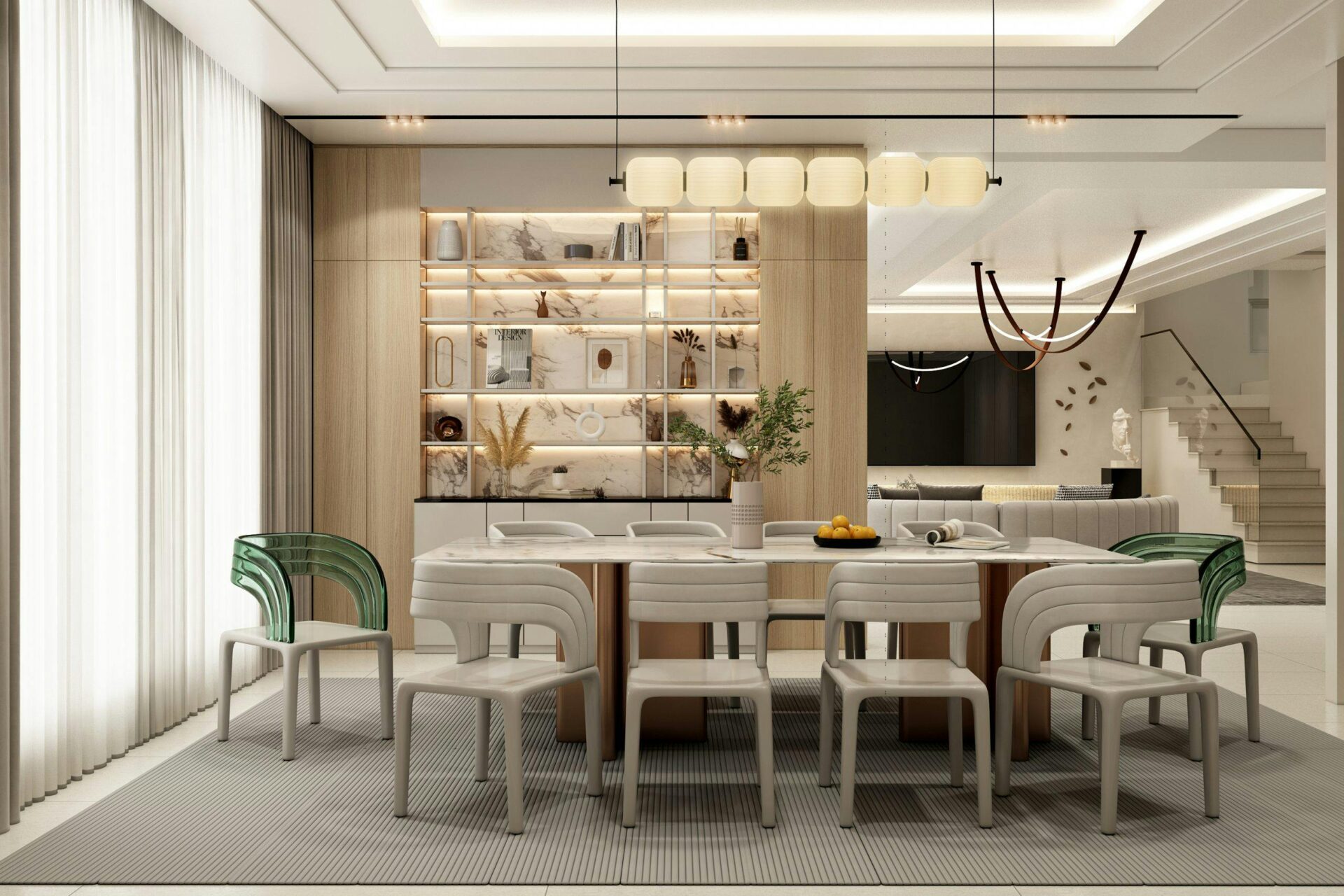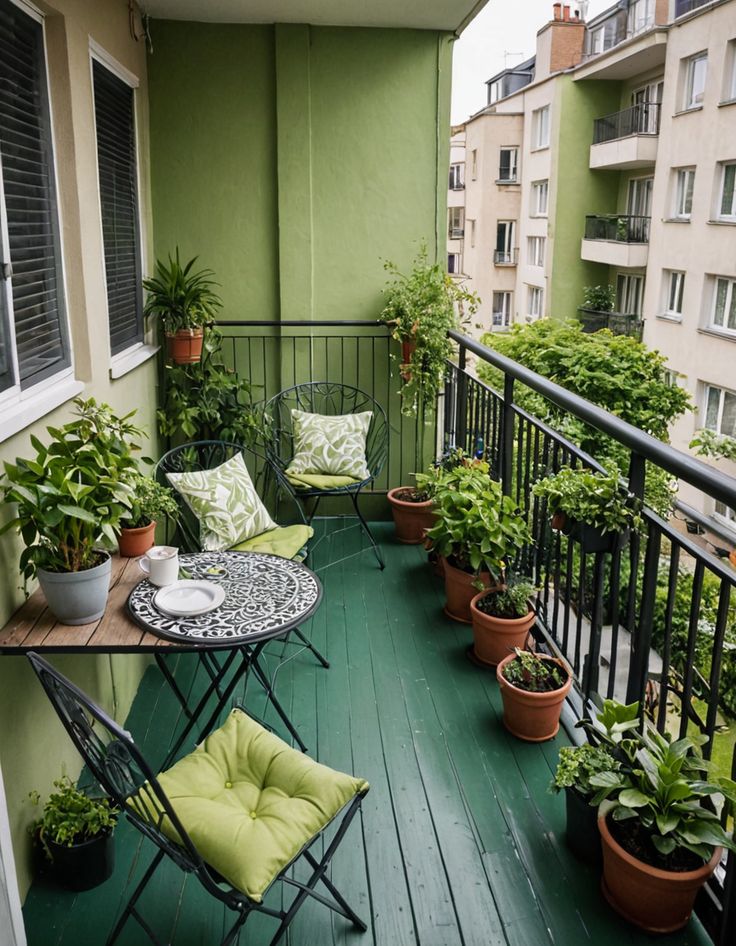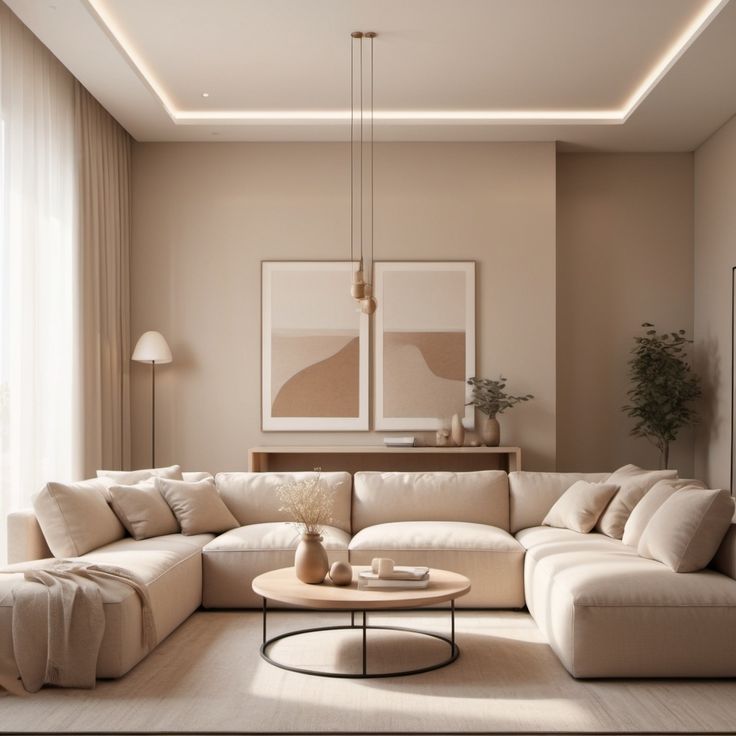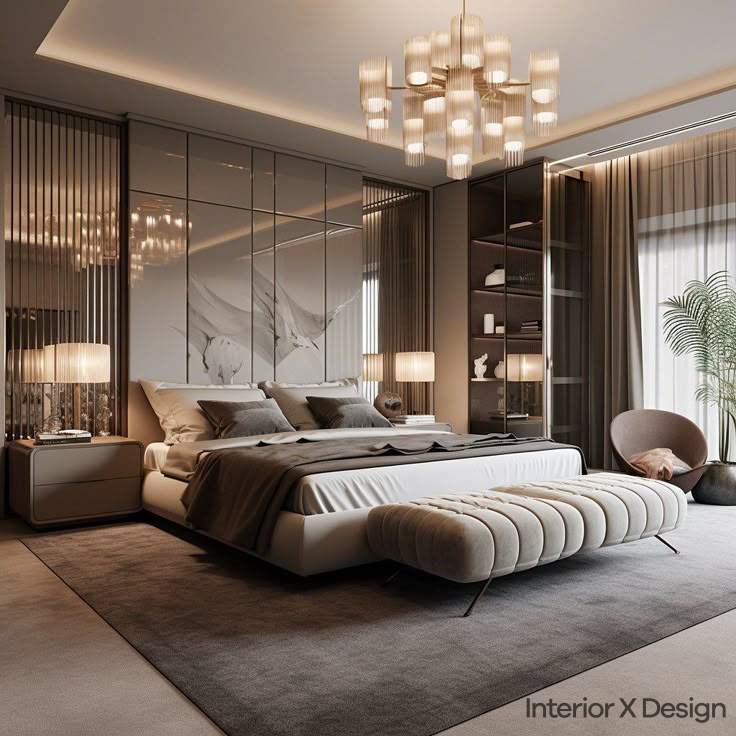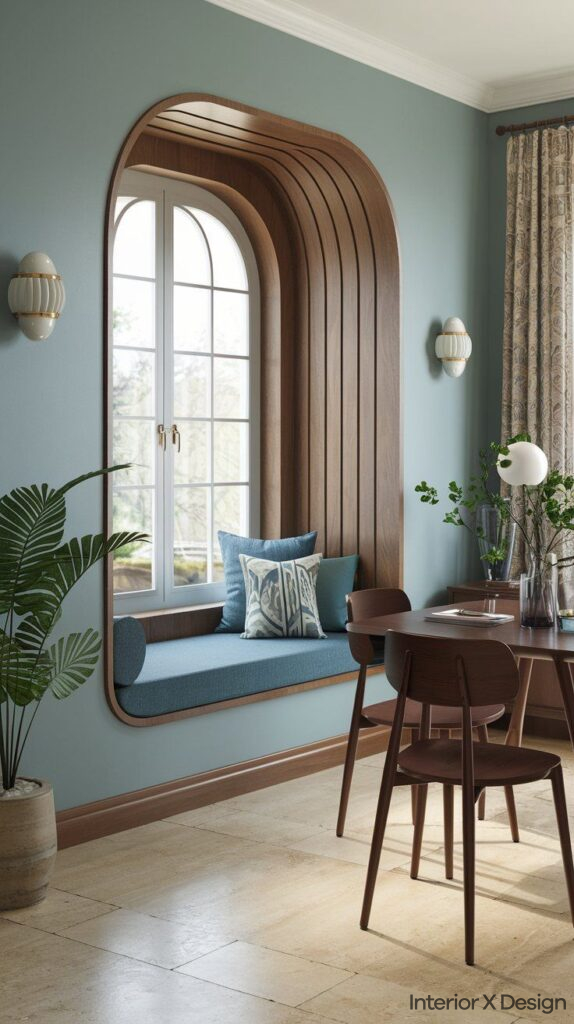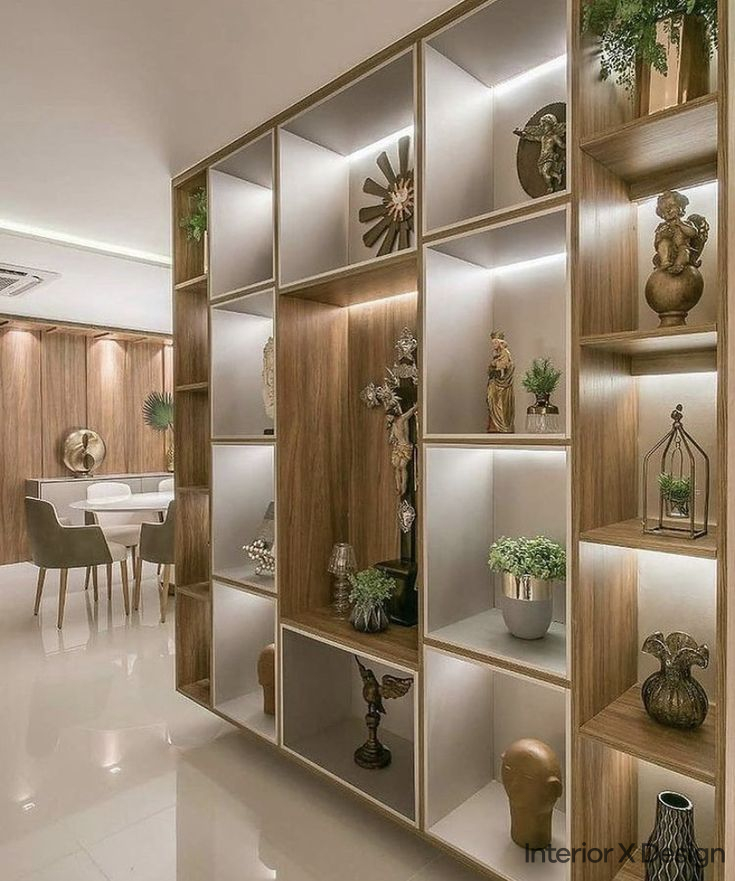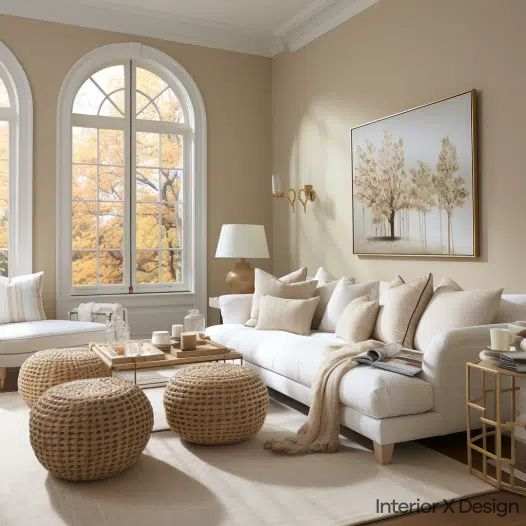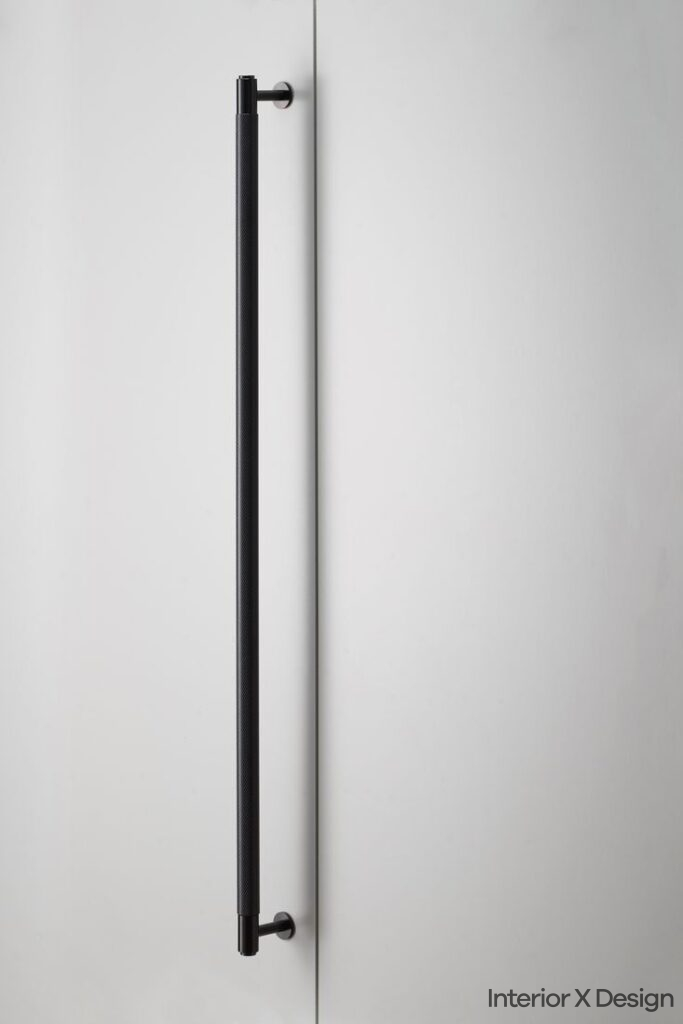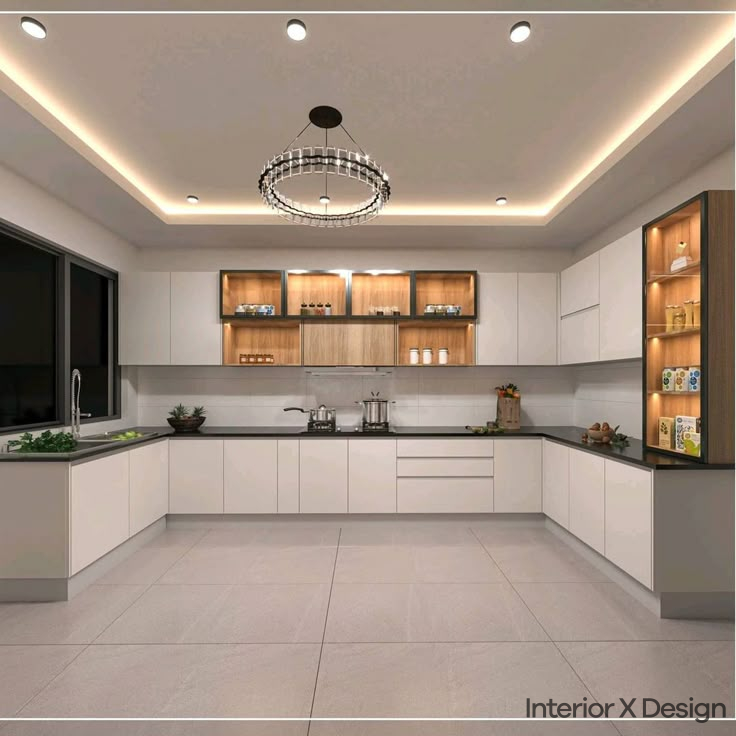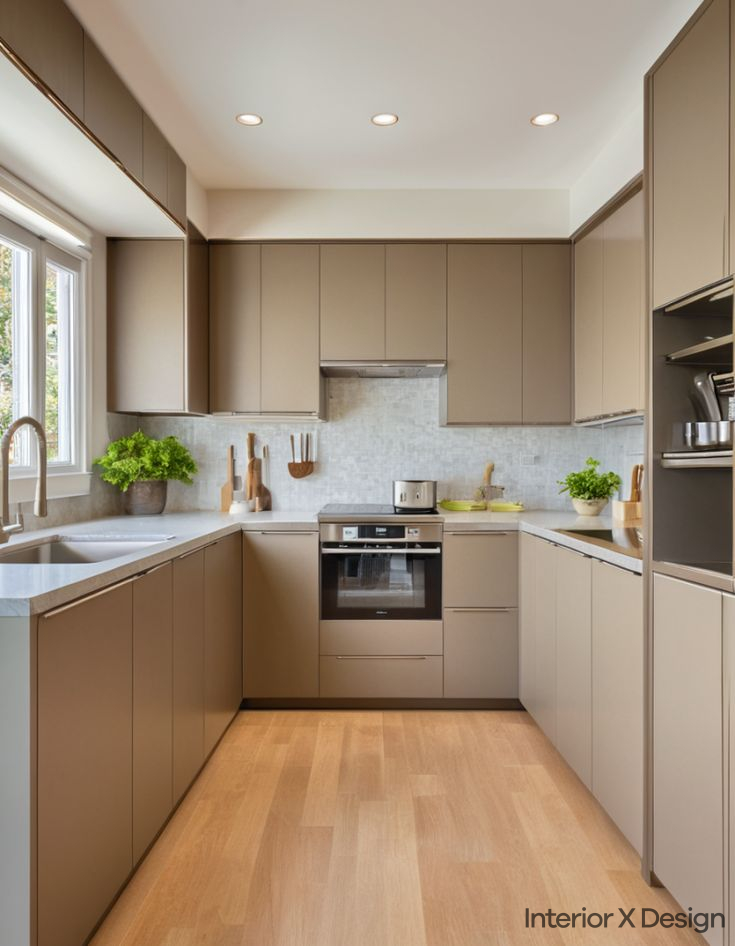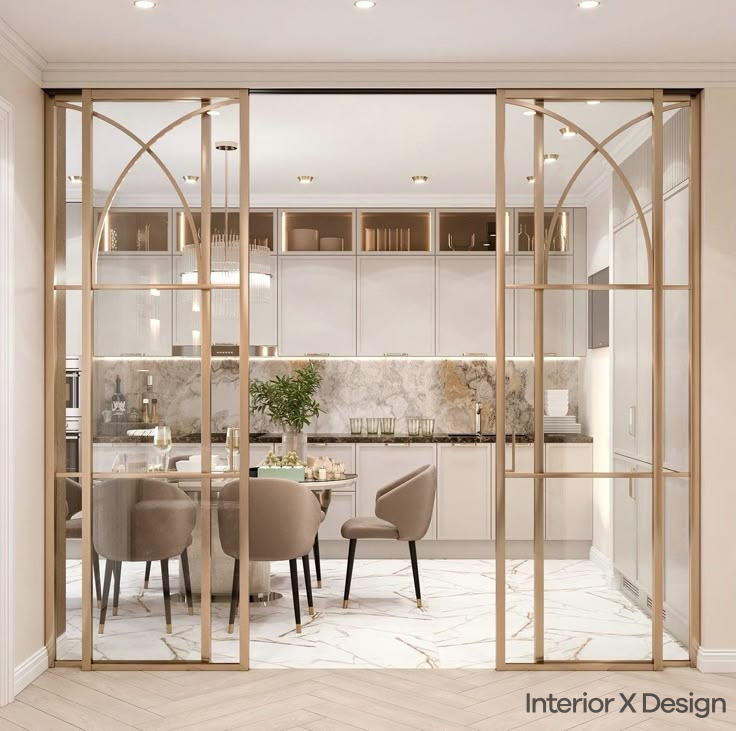The Importance of Unique Interior Design in Modern Living
Modern homes reflect the personality and lifestyle of their inhabitants. Unique interior design ensures that every aspect of the home aligns with the owner’s preferences. Customization adds value, enhances comfort, and boosts the emotional connection between residents and their living spaces. In today’s competitive real estate market, homes with distinctive interiors often fetch higher resale values.
Key Benefits of Unique Interior Design Solutions:
- Personalization: Tailored designs cater to specific needs and tastes.
- Optimized Space Utilization: Creative layouts maximize functionality in small or large spaces.
- Sustainability: Unique solutions often incorporate eco-friendly materials and energy-efficient technologies.
- Enhanced Well-being: Thoughtful designs improve mental and physical health.
1. Innovative Space-Saving Techniques
Modern homes, especially urban apartments, often face space constraints. Unique interior design solutions optimize every square foot, making small areas feel spacious and functional.
a. Multi-functional Furniture
Furniture that serves multiple purposes is a game-changer. Examples include:
- Sofa beds: Perfect for studio apartments.
- Extendable dining tables: Ideal for hosting guests.
- Storage ottomans: Combine seating with hidden compartments.
b. Vertical Storage Solutions
Maximizing vertical space reduces clutter and enhances accessibility. Ideas include:
- Wall-mounted shelves and cabinets.
- Over-the-door storage racks.
- Floor-to-ceiling bookcases with built-in ladders.
c. Foldable and Modular Designs
Foldable furniture and modular setups adapt to changing needs. For instance:
- Foldable desks for compact home offices.
- Modular kitchen cabinets that expand with storage requirements.
Explore more ideas in Low Budget Simple Kitchen Designs and Simple Indian Living Room Designs.
2. Integrating Technology for Smart Interiors
Technology is redefining modern interior design, enhancing convenience and efficiency.
a. Smart Home Automation
Smart homes offer seamless control over lighting, temperature, and security. Popular devices include:
- Smart thermostats for energy savings.
- Voice-controlled lighting systems.
- Automated window shades.
b. Innovative Lighting Solutions
Lighting impacts mood and functionality. Consider:
- LED strips for accent lighting.
- Motion-sensor lights in closets and hallways.
- Adjustable task lighting for workspaces.
c. Virtual Interior Design Tools
Apps and software help visualize designs before implementation. Examples:
- Augmented reality tools for furniture placement.
- Online platforms offering 3D walkthroughs.
Learn about lighting strategies in Interior Lighting Design.
3. Sustainable and Eco-Friendly Interiors
Eco-conscious homeowners prioritize sustainability without compromising aesthetics. Unique interior solutionsincorporate green practices and materials.
a. Recycled and Upcycled Materials
Examples include:
- Furniture made from reclaimed wood.
- Decor crafted from recycled glass and metals.
- Upcycled fabrics for curtains and upholstery.
b. Energy-Efficient Designs
Key features include:
- Solar panels integrated into roofs.
- Insulated windows to minimize heating/cooling costs.
- Energy-efficient appliances and LED lighting.
c. Indoor Plants and Biophilic Design
Bringing nature indoors improves air quality and ambiance. Popular options are:
- Vertical gardens for walls.
- Low-maintenance plants like succulents and ferns.
- Bamboo and rattan furniture for natural aesthetics.
Discover eco-friendly inspirations in Wabi-Sabi Interior Design.
4. Incorporating Cultural and Historical Elements
Adding cultural touches creates unique interior design solutions that reflect heritage and tradition.
a. Indian Design Inspirations
- Rajputana Style Interiors: Grand arches, intricate carvings, and regal colors. Learn more here.
- Mughal Design: Symmetry, ornate motifs, and luxurious textiles.
b. Global Influences
- Scandinavian Style: Minimalistic, functional, and bright interiors.
- Moroccan Interiors: Bold patterns, vibrant colors, and ornate decor.
c. Fusion Designs
Blend elements from different styles for a modern twist. For example:
- Mid-century modern furniture with bohemian rugs.
- Industrial lighting in a rustic farmhouse setting.
Dive deeper into cultural styles in Moroccan Interior Design and Scandinavian Tips.
5. Importance of Color and Texture
Color and texture define a home’s personality. Unique combinations create visually stunning interiors.
a. Choosing the Right Palette
- Neutral tones for a timeless look.
- Bold colors as statement accents.
- Monochromatic schemes for modern aesthetics.
b. Experimenting with Textures
Layering textures adds depth. Examples:
- Smooth marble with rough wooden furniture.
- Soft velvet cushions on leather sofas.
c. Wall Treatments
- Textured wallpapers or paint finishes.
- Accent walls with exposed bricks or panels.
Explore more in Importance of Color in Interior Design.
FAQs: Addressing Common Concerns
1. How can I make a small room look bigger?
- Use mirrors strategically.
- Opt for light-colored walls and furniture.
- Incorporate vertical storage.
2. Are sustainable materials more expensive?
While upfront costs may be higher, they reduce long-term expenses through durability and energy efficiency.
3. What are the latest trends in modern interiors?
- Smart home integrations.
- Minimalist and open floor plans.
- Biophilic elements like indoor plants.
Conclusion
Creating unique interior design solutions for modern homes involves blending functionality, aesthetics, and innovation. Whether optimizing small spaces, integrating smart technologies, or embracing sustainability, every choice contributes to a harmonious living experience. Dive into our Interior Design Blog for more insights and start transforming your home today.

